The contribution of peacebuilding in the United Nations debate In the parallel resolutions on the review of the United Nations peacebuilding architecture adopted in April 2016 (2282 (2016) and 70/262), the Security Council and the General Assembly have respectively reaffirmed their commitment to peacebuilding, understood as an inherently political process aimed at preventing the outbreak, escalation, recurrence or continuation of conflict. In line with the three-pillar approach reaffirmed by the resolutions, and building on the core principles set out in the Charter and the Universal Declaration of Human Rights, international human rights standards offer a global transversal normative framework essential to prevent and address conflicts, whilst recognizing that the specific realization of human rights may vary across contexts. These resolutions recognised the fundamental interconnectivity between peace, sustainable development, and human rights, the importance of conflict prevention to peacebuilding efforts, and the need for organizational reform within the UN system to ensure that we are able to bring a comprehensive and integrated approach to sustaining peace. In this context, the President of the General Assembly convened a high-level dialogue entitled “Building Sustainable Peace for All: Synergies between the 2030 Agenda for Sustainable Development and Sustaining Peace” on 24 January 2017 at UN Headquarters in New York, with the participation of the President of the Security Council, the President of the Economic and Social Council, and the Chair of the Peacebuilding Commission. The overarching objective of the New York event was to discuss the mutually reinforcing linkages between Sustaining Peace and the 2030 Agenda, including at country level and ways in which to leverage them optimally in an integrated framework that can assist Member States, United Nations bodies and entities, civil society and other stakeholders to coordinate and enhance their efforts in implementing the SDGs and achieving sustainable peace. The event featured three dedicated workshops, addressing the interrelationship of sustainable peace and development to empowerment of women and youth; the management of natural resources; and the strengthening of transparent, inclusive and accountable institutions. In his opening remarks, the Secretary-General of the United Nations, Mr. António Guterres, outlined that it is important to recognize that the links between the 2030 Agenda and sustaining peace are found not only in Goal 16 on strong institutions and inclusive societies, but across all 17 goals. Development is an end in itself, and a central part of the UN work. He also stressed two overriding challenges, education as a prerequisite for both peace and economic development and youth unemployment, which deprives millions of young people of the opportunity to fulfil their potential, and plays a part in violent conflict and the rise of global terrorism. After the New York high-level dialogue, the Human Rights Council decided to convene on 27 February 2017 a panel focused on the theme “The contribution of human rights to peacebuilding through the enhancement of dialogue and international cooperation for the promotion of human rights”. The Geneva event was aimed at highlighting the importance of addressing human rights concerns and applying a human rights framework to any peacebuilding initiative as an essential ingredient of its effectiveness and sustainability in the long term. The panel discussion helped to generate practical ideas and recommendations on how to best mainstream human rights into the United Nations peacebuilding work, including by looking at the commonalities between human rights, peacebuilding and sustainable development. The event also provided an opportunity for discussing the role of the Human Rights Council and other human rights mechanisms in light of the new peacebuilding framework. At the opening session, the High Commissioner for Human Rights, Mr. Zeid Ra’ad Al Hussein, stated that a stronger cooperation between this Council and both the Peacebuilding Commission and the Security Council is essential for more effective peacebuilding and prevention. He looked forward to much more regular and comprehensive human rights reporting to the Security Council in coming years. He informed that he have already suggested the possibility of the Security Council adopting a standing menu of possible responses to early warning alerts, such as rapid, flexible and resource-efficient human rights monitoring missions, limited in time and scope. It also seems evident that the Human Rights Council and Peacebuilding Commission would both benefit extensively from a deeper understanding of each other’s' work, possibly including informal briefings by the Presidents of each body. He added that in general, there needs to be greater operational deployment of the recommendations and reports of human rights bodies, including reports by the OHCHR, by Commissions of Inquiry and fact-finding missions and Special Procedures. The 2020 review of the treaty bodies may also provide an opportunity to better integrate their work into the operation of other UN entities, and to promote national ownership and inclusivity. In his turn, the President of the General Assembly, Mr. Peter Thomson, underscored that as part of the system-wide efforts to strengthen the UN’s peacebuilding, conflict prevention and sustaining peace work, it is clear that the United Nations human rights mechanisms, including those under Human Rights Council, will have a critical role to play. In accordance with him, this includes the following: drawing attention to imminent threats of human rights violations as an early indicator of potential conflict; helping to strengthen domestic human rights protections through capacity-building and knowledge sharing; ensuring accountability for human rights violations, as both a matter of justice and as deterrent for potential perpetrators; by using mechanisms, such as the Universal Periodic Review, to monitor the implementation of human rights recommendations that can help to sustain peace; and finally, ensuring that the expertise of the Human Rights Council is mainstreamed throughout the United Nations system, breaking down ‘silos’ within the UN system, and overcoming any fragmentation of approach across the three pillars, or indeed between Geneva and New York. Throughout the debate all Member States and NGO recognised that seventy years ago, the UN Charter established the three founding pillars of the United Nations: peace and security, human rights and development. Since 1945 these pillars have provided the framework for the United Nations to tackle important challenges. We cannot pick and choose which pillar the United Nations should support, nor can we focus on one to the detriment of the others. To do so would be to ignore the lessons of the past 70 years, and to invite future conflicts. Member States also underlined that in compliance with the resolution 60/251 on the Human Rights Council adopted by the General Assembly on 15 March 2006, the Council has an important role to play in the field of conflict prevention taking into account that development, peace and security and human rights are interlinked and mutually reinforcing. However, the different approaches to peacebuilding still persists amongst States and regional groups, which clearly impedes to achieve a global agreement about the most effective ways aimed to strengthening the interlinkage between the three UN pillars. From the Geneva perspective some matters identified by UN dignitaries, Governments and NGO in these debates are still under discussion and consequently, create some difficult challenges, such as: The role to be played by the Security Council and the International Criminal Court, and its linkage to the HRC in the area of peacebuilding and conflict prevention; the elaboration of the notions of responsibility to protect and the right to peace in the work of the HRC; the ongoing debate about the underlying causes of conflict - economic, social and cultural rights and/or with civil and political rights- and finally, the unfinished discussion among the protection of the principles of sovereignty and non-interference in the domestic affairs of States and the promotion and protection of human rights without restriction. Both the New York dialogue and the Geneva panel discussion will surely help to prepare the High-Level meeting on “Peacebuilding and Sustaining Peace”, which will be convened during the 72nd session of the General Assembly in 2017. The General Assembly and Security Council resolutions on United Nations peacebuilding architecture recognised the fundamental interconnectivity between peace, sustainable development and human rights, and the need for organizational reform within the UN system. The current discussion on the importance of conflict prevention to peacebuilding efforts has served to break down ‘silos’ within the UN system, and overcome any fragmentation of approach across the three pillars, or indeed between Geneva and New York. David Fernandez Puyana, PhD, LLM and MA |


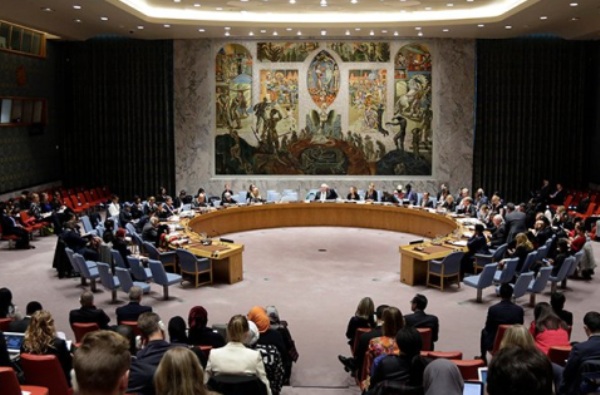




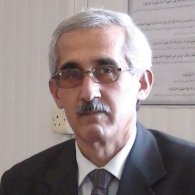
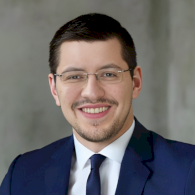

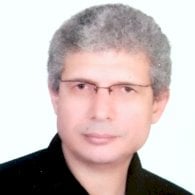
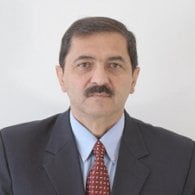
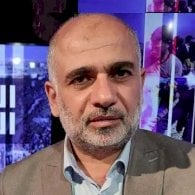
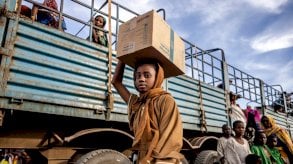

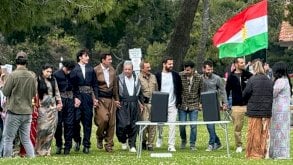

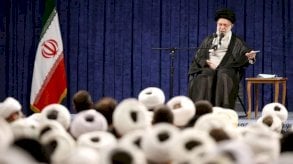
التعليقات